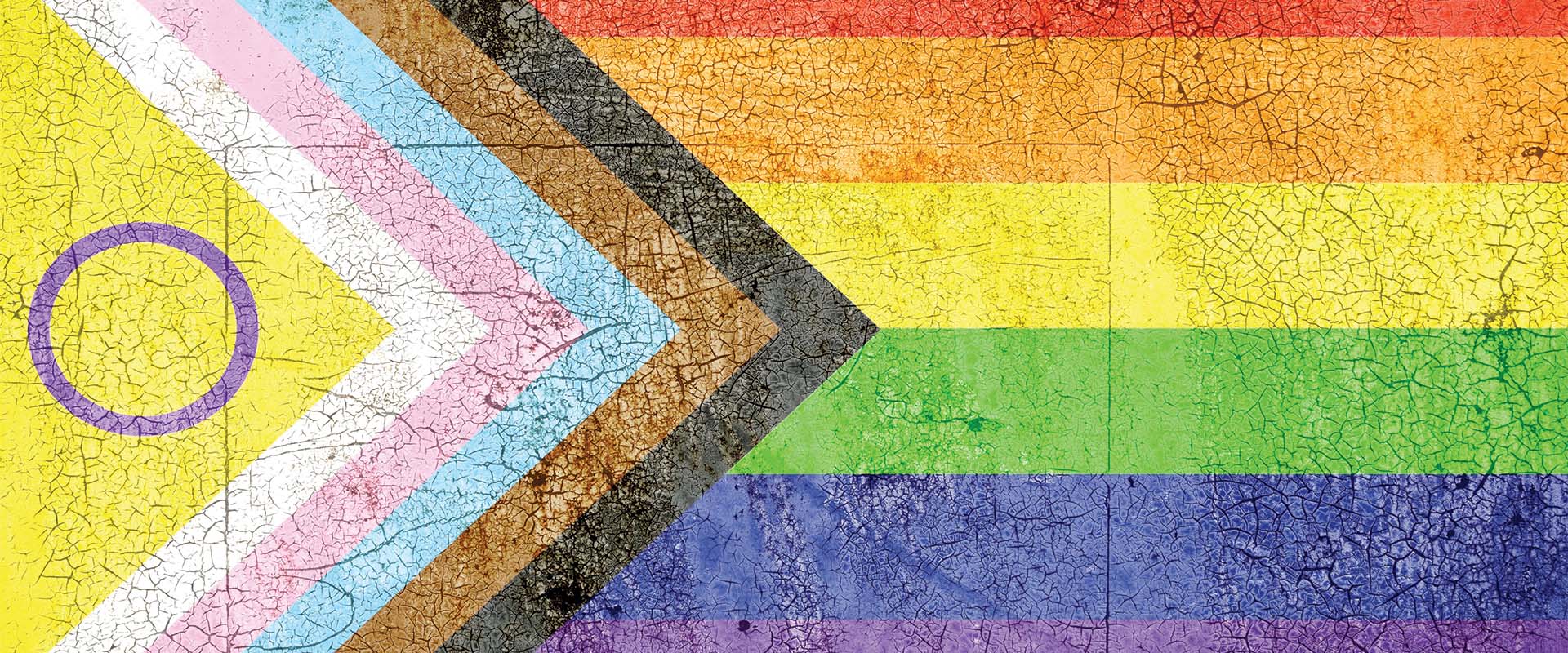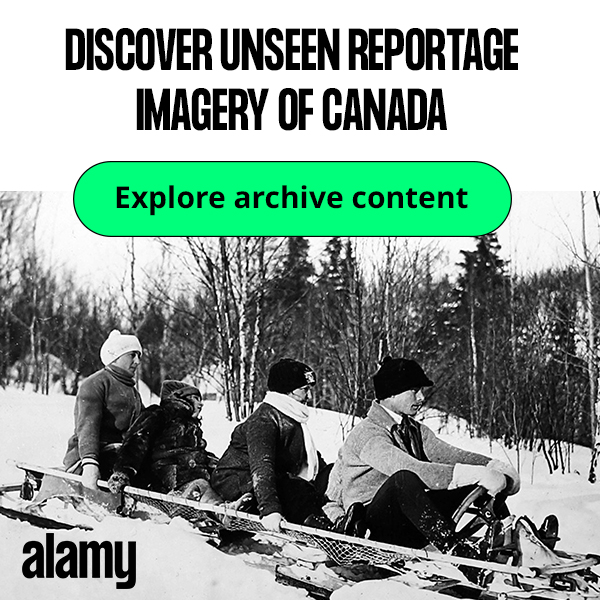
Towards Transgender Museologies
Museum professionals move beyond the binary
Sophie Hurwitz
When Alexander Lussenhop, who works at the Museum of Science in Boston, came out publicly as a trans man at work back in 2015, there was, at the time, no handbook.
He did not have any resources to help him explain the changes he would be going through to his colleagues–and as the Museum of Science has hundreds of employees, his employers’ initial suggestion that he simply explain his transgender experience to each and every one of his coworkers individually seemed unrealistic.
The HR department, Lussenhop remembers, “didn’t seem to have a process…they didn’t seem like they’d encountered this before…You might expect that a bigger institution would be able to implement these things more smoothly, but that’s not necessarily the case.”
Meanwhile, at a smaller museum in Columbus Ohio, Alison Kennedy was having similar experiences. They were the first out non-binary person to work as a visitor experiences lead at Franklin Park Conservatory and Botanical Gardens, and were pushing for inclusive policies such as gender-neutral restrooms. However, all the resources they had found for 2SLGBTQIA+ museum professionals seemed to neglect trans people. In 2018, when they attended the American Association of Museums’ annual conference, they formed a team: along with trans museum professionals Anna Woten and Lussenhop, they formed part of group of 22 professionals that created the American Association of Museums’ first trans inclusion resource toolkit.
The kit launched in March 2019, and included resources for transitioning professionals, institutions supporting trans employees, and colleagues of trans employees. When Kennedy and their team presented the resource kit at the next AAM annual conference, the room was packed: both cisgender and transgender museum professionals needed the information that the team had compiled.

The toolkit was put together from diverse sources: employee transition resources for academic institutions (a graduate student friend of Lussenhop’s suggested that), non-profits, and for-profit businesses.
“What we found when we were researching for it is that bits and pieces of this existed for different spheres: for academia, for corporate, for the health care world. And so we did a lot of research and kind of pulled all those pieces together,” Kennedy said.
Now, three years since the toolkit’s launch, it is the number-one result on google for “transitioning professional at a museum” and similar searches. People who are transitioning at their museum jobs do not have to go it alone as much as Lussenhop did a few years ago. It is also being picked up by trans employees and employers in other spheres, too: last week, Kennedy said they had learned that some librarians were adapting it for their own use.
Other museum associations have also begun making more of a concerted effort to highlight trans experiences–both among their staff and within their exhibitions. The British Columbia Museums Association released a working toolkit on gender and sexuality last year. It was created during the pandemic in response to a widespread feeling that museum staff generally wanted to do better by 2SLGBTQIA+ people, but often lacked appropriately comprehensive tools to do so.
Creators Desirée Hall and Tanya Pacholok emphasize that this toolkit is a “living document,” and that they are actively recruiting 2SLGBTQIA+ individuals with ideas for how it might be improved to become paid collaborators on the kit.
“We found there was a great interest and pretty strong agreement among the Museum and Cultural Heritage sector community to make cultural institutions more welcoming and inclusive to 2SLGBT plus communities,” Pacholok said. “But often, folks didn’t know how or didn’t always have the resources to do so.”
Hall agreed: especially at smaller and more rural museums, funding is often the biggest barrier to more and more nuanced engagement with the trans community. “It seems like it’s such a kind of need in the sector, like people are like, yes, you know, let’s talk about it and let’s get into it,” she said. “But the funding is not often there.”
When they started creating their toolkit, Pacholok and Hall sent out a survey to figure out what, exactly, was needed. Some of things that they found were surprising: for example, only about 48% of museum professionals surveyed said they had a strong understanding of 2SLGBTQIA+ issues. During the relatively infrequent moments in which queer and trans content existed in museums, queer and trans audiences did not feel well represented.

As such, the BCMA toolkit suggests approaching trans stories in museums through a strengths-based approach. A respondent from our survey voiced: “it’s unacceptable that our community is remembered by violence instead of achievement,” Pacholok remembered. “And so wanting and needing that investment more into capturing and archiving queer and trans history in our province, but from a strength based lens and approach.”
Both the creators of the BCMA and AAM toolkits emphasize that their work is not done–much more needs to be done, in particular, to examine the ways that museums tell historical and current trans stories.
Transgender museum professional Amelia Smith, who writes the Not Your Average Cistory blog, says that it’s important to engage with trans museologies as both a day-to-day workplace practice and by interrogating the theoretical frameworks we build our museums on.
When creating trans-focused exhibits, Smith suggested, “You really need to think, when it comes to a trans audience, what they can get out of it. How are they supposed to relate, and what messages are they supposed to take from it?” She said that many exhibits that focus on 2SLGBTQIA+ history and culture focus entirely on the LGB, at the expense of the T — and where they engage with gender-non-conformity, do so only through things like drag culture, while neglecting the day-to-day lives of trans people.
She brought up relatively recent exhibits that, for example, referred to a historical individual who was assigned female at birth but went through his life as a man, by they/them pronouns, and connected that to the idea of “ungendering”— that is, refusing to engage with a historical actor’s gender as they engaged with it.
“Julia Serano uses the term ungendering in Whipping Girl to refer to this sort of refusing them their gender. And I see that as just something that we don’t really think about, and I see it a ton in queer museums, as well.”
However, there are some trans-positive and trans-curated exhibits that Smith says are very much “doing it right.” The Museum of Transology exhibit, out of Brighton, for example, showcased the daily, lived triumphs of trans people through the objects that are valuable and important to them, labeled with the stories of those objects. An ordinary pair of swim goggles becomes a powerful object that someone bought once they felt affirmed and safe enough in their gender to be able to swim again.
“That’s a powerful statement because it reflects someone’s comfort with their body, their dysphoria, and then their euphoria of having these changes of getting top surgery and being able to go swimming again,” Smith said. “Yeah, it’s these little victories that come with transitioning.”
Smith also recommends the Vagina Museum, which is also out of the United Kingdom, and takes a directly trans-forward approach to its discussion of genitalia. Soon, Smith and other trans museum professionals hope, all museums will interrogate how trans stories can complicate, enrich, and challenge their exhibitions, policies, and roles in community.
“I’ve been very grateful for…things like the AAM and because there have been great shifts in the last few years,” Smith said. “But…the work has not been done, entirely.”
“We’ve always done science, we have always been a part of history, and told stories and, you know, had things in the archives,” said Kennedy of the AAM. “The language may not have been the same, but that doesn’t mean we haven’t existed in all of these spheres…and museums help show that. We’ve always been here and will always be here.” M
Sophie Hurwitz is a St. Louis, Missouri-based journalist and editor who believes in the power of community storytelling.
Defining 2SLGBTQIA+2SLGBTQIA+ is a comprehensive acronym that is inclusive of those who identify as Two-Spirit, Lesbian, Gay, Bisexual, Transgender, Queer, Intersex or Asexual, the added plus extends the acroynym to others who do not use the terms above, but who also do not identify as cis-gendered or heterosexual. |
